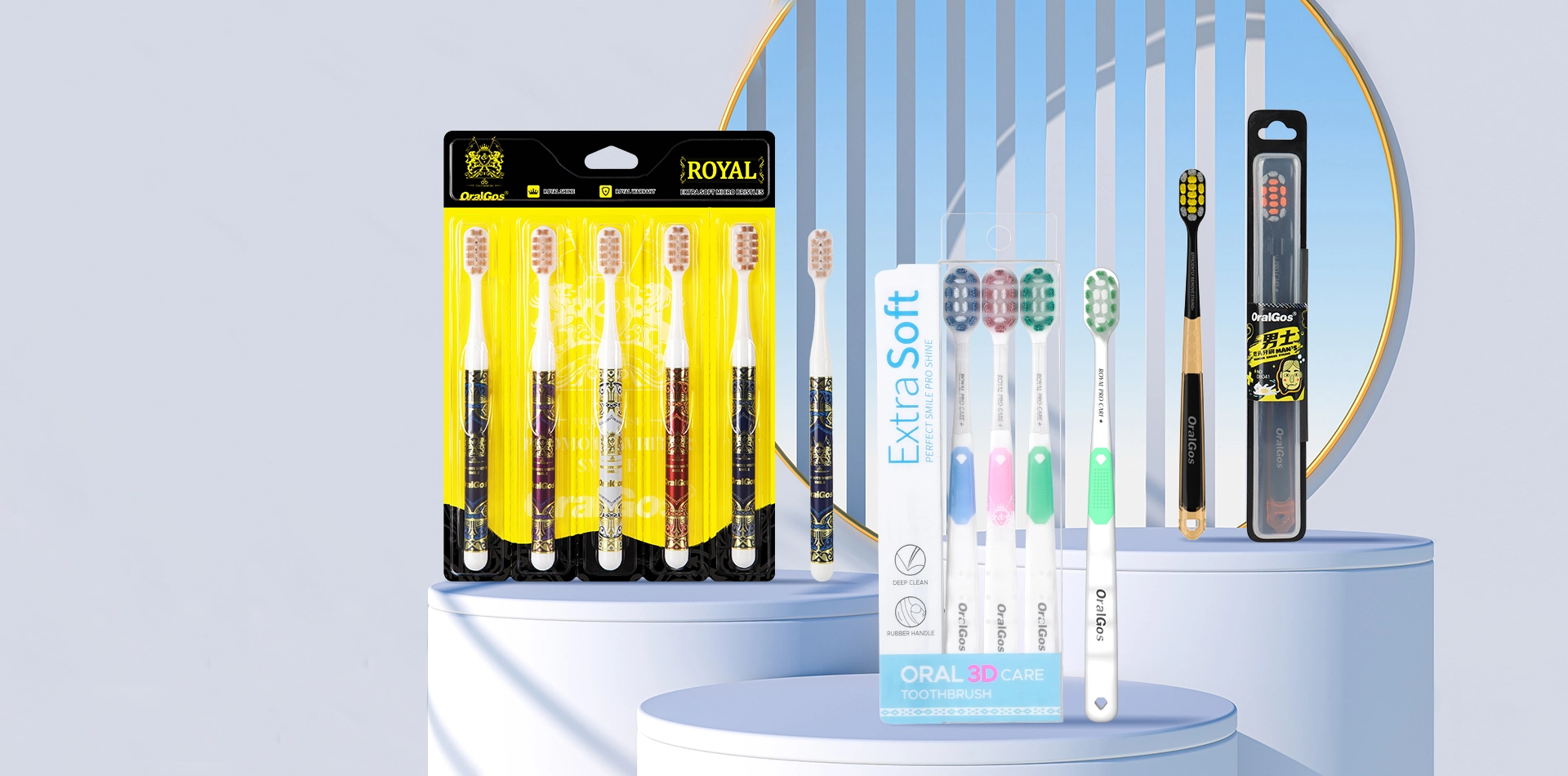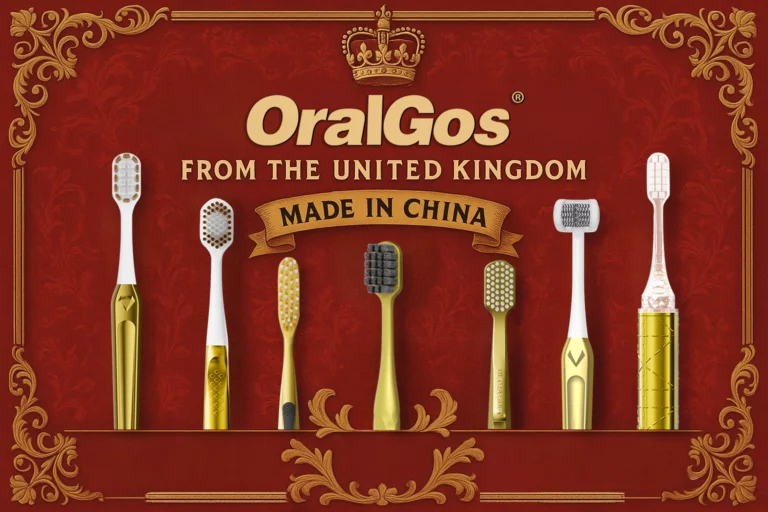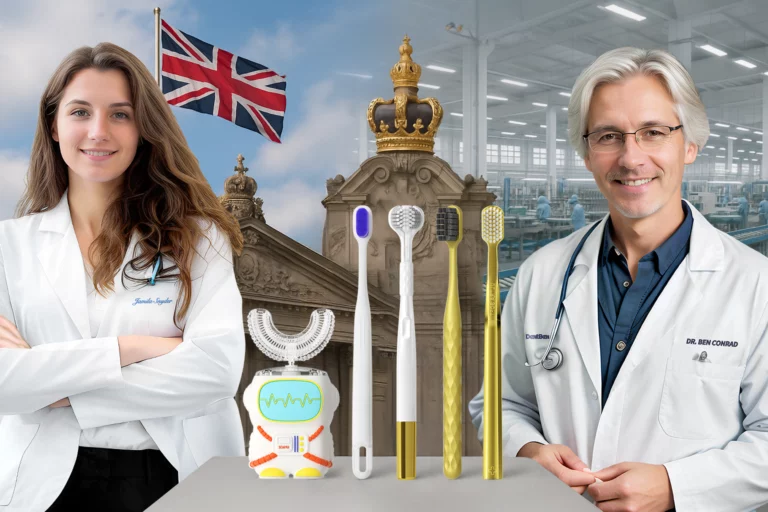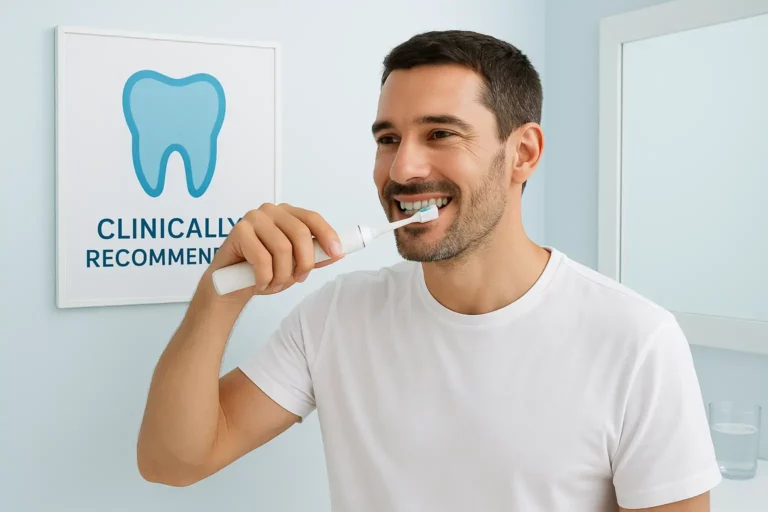Introduction:
The toothbrush, a humble yet indispensable tool in our daily lives, has a rich and fascinating history that spans centuries. From rudimentary teeth-cleaning devices to the advanced electric toothbrushes of today, the evolution of the toothbrush reflects both cultural and technological shifts in society. This article delves into the development history of the toothbrush, exploring its origins, key milestones, and the technological advancements that have shaped this essential oral hygiene tool.
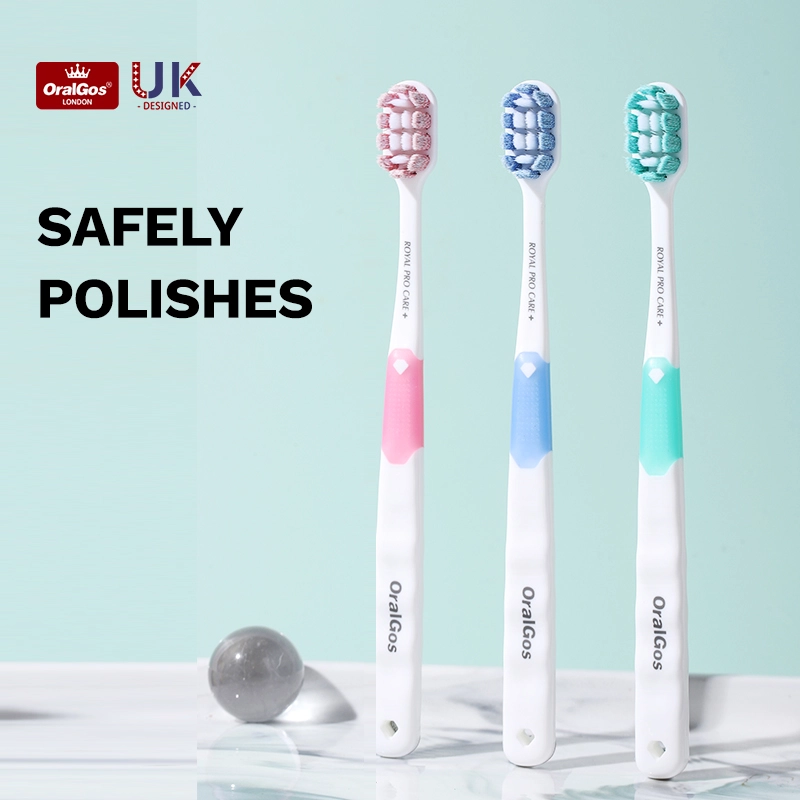
Ancient Origins:
The concept of oral hygiene can be traced back to ancient civilizations, where various tools were used to clean teeth and promote dental health. In ancient Egypt, for instance, twigs with frayed ends were used to clean teeth. Similarly, ancient Greeks and Romans employed chewing sticks made from various plants. These early attempts at dental care laid the foundation for the development of more sophisticated tooth-cleaning tools.
The Chinese Toothbrush:
One of the earliest known toothbrushes resembling the modern design originated in China during the Tang Dynasty (619-907 AD). The Chinese toothbrushes consisted of hog bristles attached to handles made from bamboo or bone. The design later spread to other parts of Asia and eventually reached Europe through trade routes.
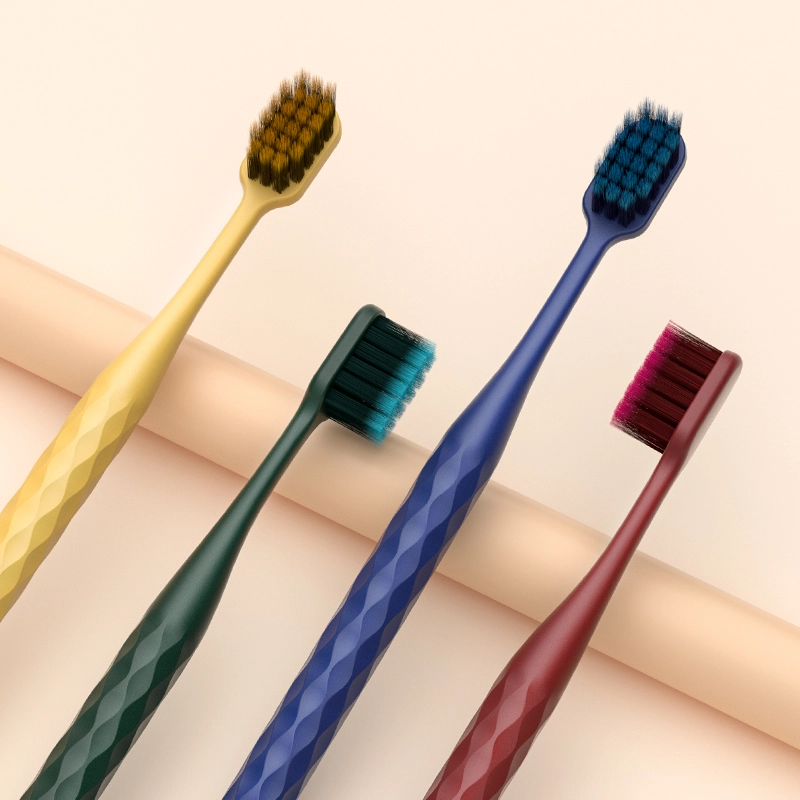
European Adoption:
The concept of the toothbrush gradually made its way to Europe, where it underwent further modifications. During the Middle Ages, Europeans used twigs or sticks with frayed ends to clean their teeth. However, it was in the 17th century that the first bristle toothbrush resembling the Chinese design emerged. The bristles were typically made from horsehair or hog bristles and were attached to bone or wooden handles.
William Addis and the Mass Production of Toothbrushes:
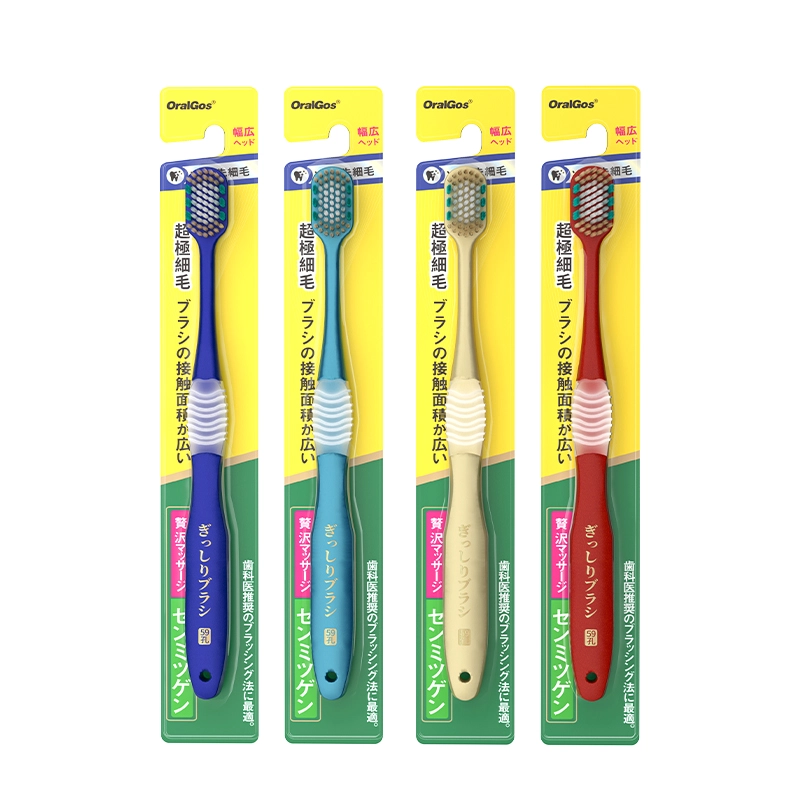
The 18th century marked a significant turning point in the history of the toothbrush, thanks to an English entrepreneur named William Addis. Legend has it that Addis, while serving time in prison, carved a toothbrush handle from a bone and used boar bristles for the brush. Upon his release, he established the first mass-production toothbrush factory in 1780, revolutionizing the accessibility of toothbrushes. This marked the transition from handmade, luxury items to widely available and affordable oral hygiene tools.
Nylon Bristles and Technological Advancements:
The early 20th century witnessed another pivotal moment in toothbrush history with the introduction of nylon bristles. In 1938, American chemist Wallace Carothers, working for the DuPont company, developed the first synthetic nylon bristles, replacing the traditional animal hairs. Nylon bristles were not only more durable but also more hygienic, contributing to the widespread adoption of toothbrushes.
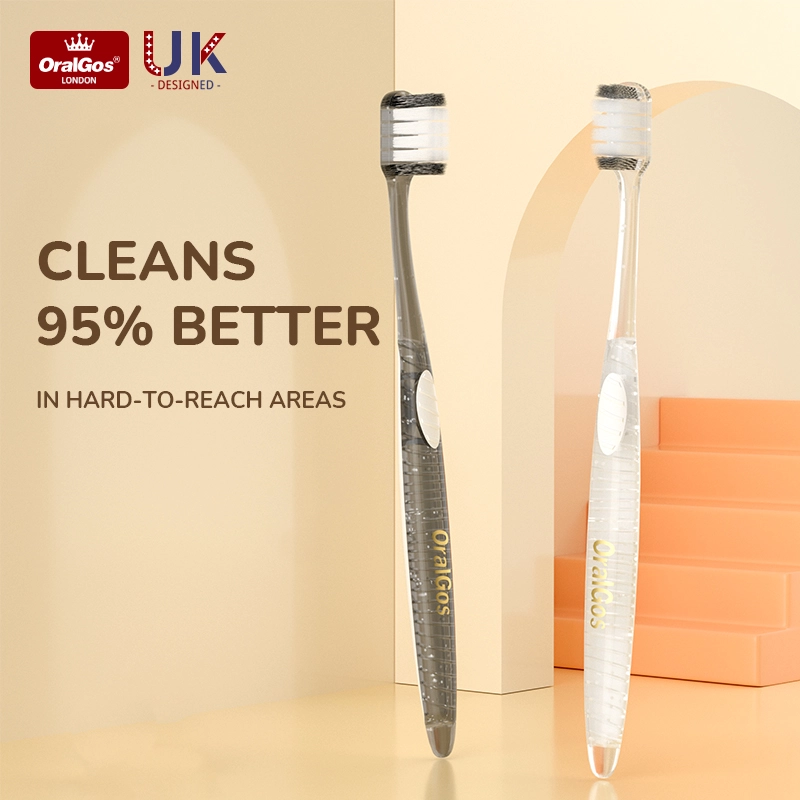
Rise of Electric Toothbrushes:
The latter half of the 20th century brought about significant technological advancements in oral care, leading to the development of electric toothbrushes. The first electric toothbrush, called the Broxodent, was introduced in Switzerland in the 1950s. However, it wasn’t until the 1990s that electric toothbrushes gained widespread popularity. These devices incorporated oscillating or rotating brush heads, providing a more efficient and effective way of cleaning teeth.
Modern Innovations:
In recent years, toothbrush technology has continued to evolve, integrating smart features and innovative materials. Smart toothbrushes, equipped with Bluetooth connectivity and companion apps, offer real-time feedback on brushing habits. Additionally, advancements in materials science have led to the development of antimicrobial bristles and handle materials, further enhancing the hygiene and longevity of toothbrushes.
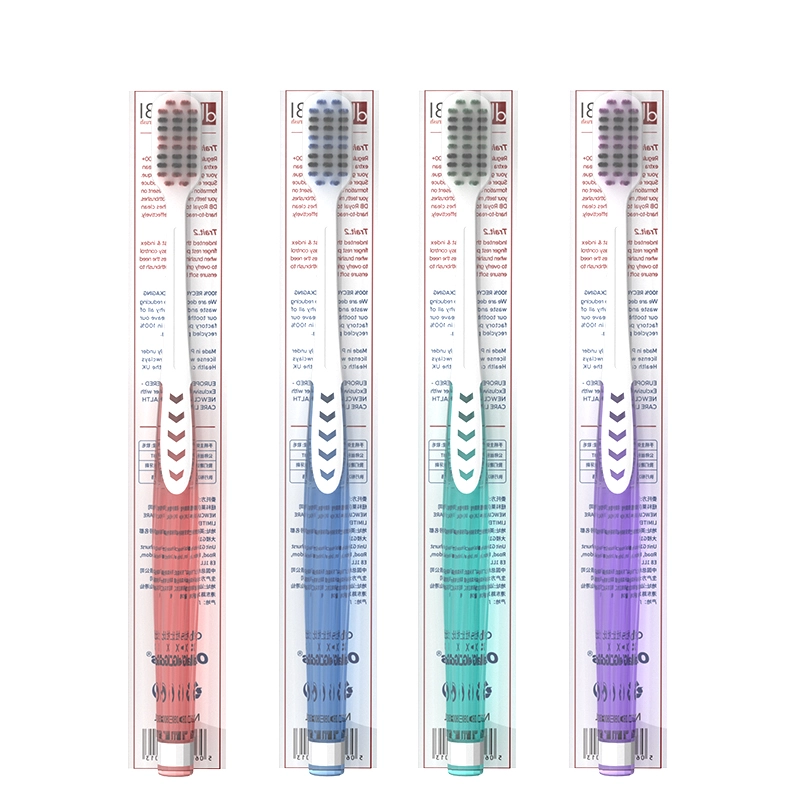
Conclusion:
The toothbrush has come a long way from its humble beginnings, evolving through centuries of cultural and technological changes. From ancient chewing sticks to the high-tech electric toothbrushes of today, the history of the toothbrush reflects humanity’s ongoing quest for improved oral health. As technology continues to advance, it is intriguing to contemplate what the future holds for this essential tool in our daily hygiene routine.

